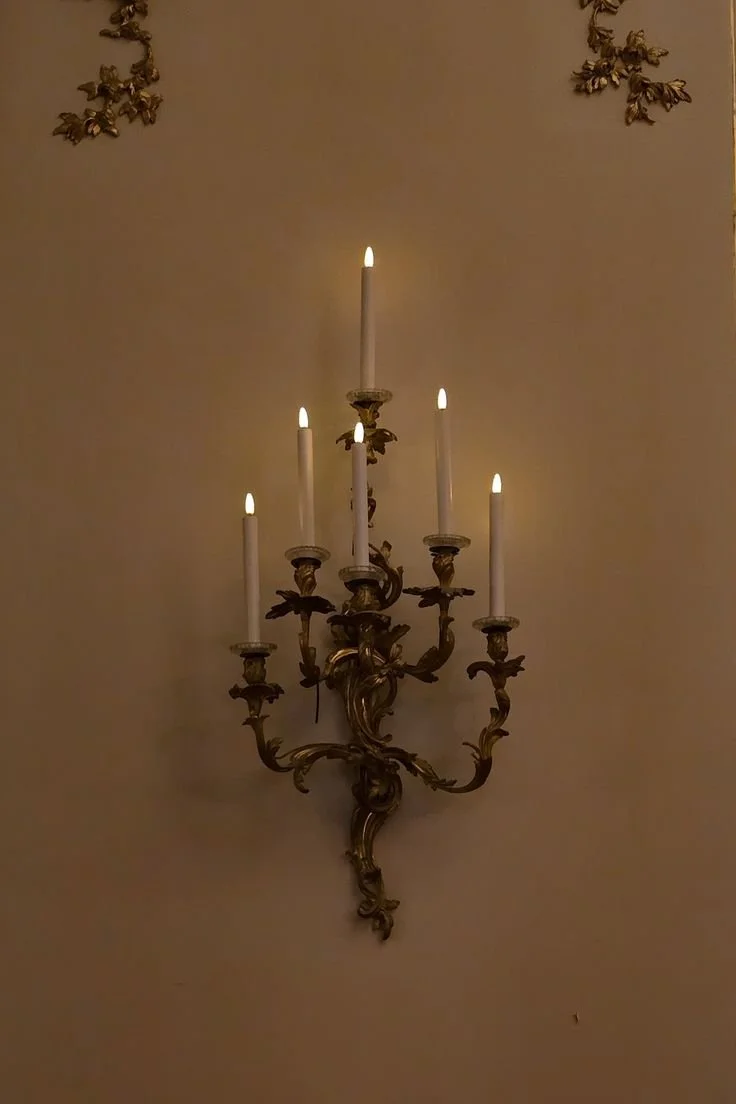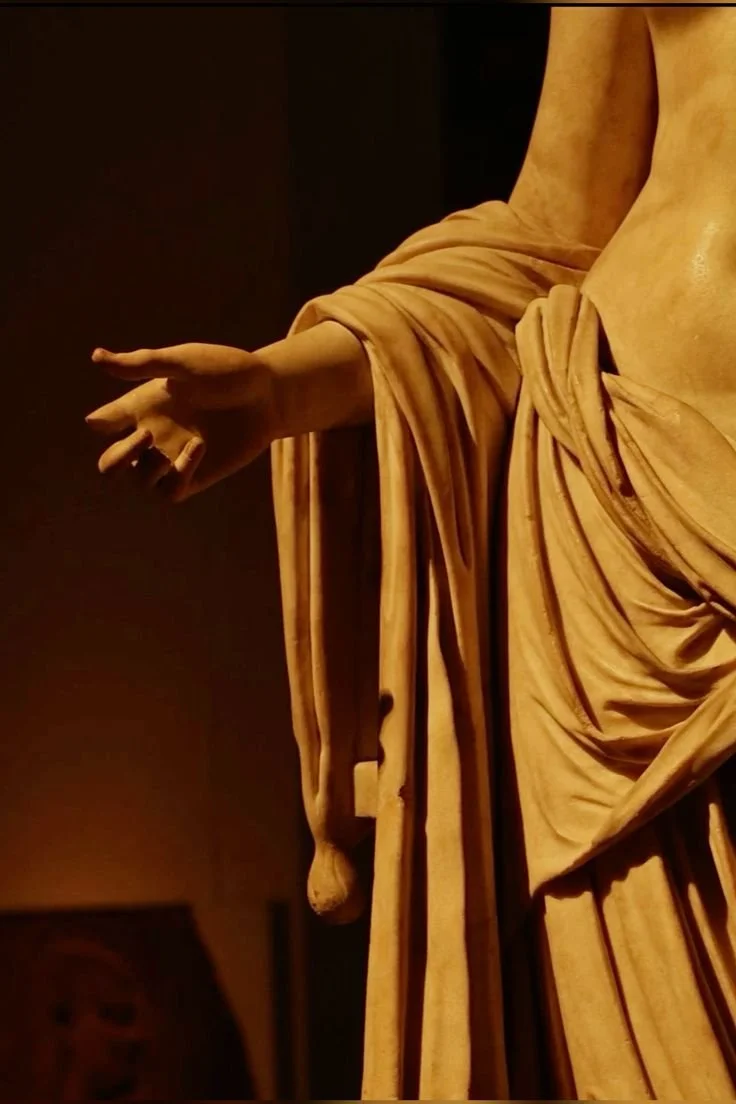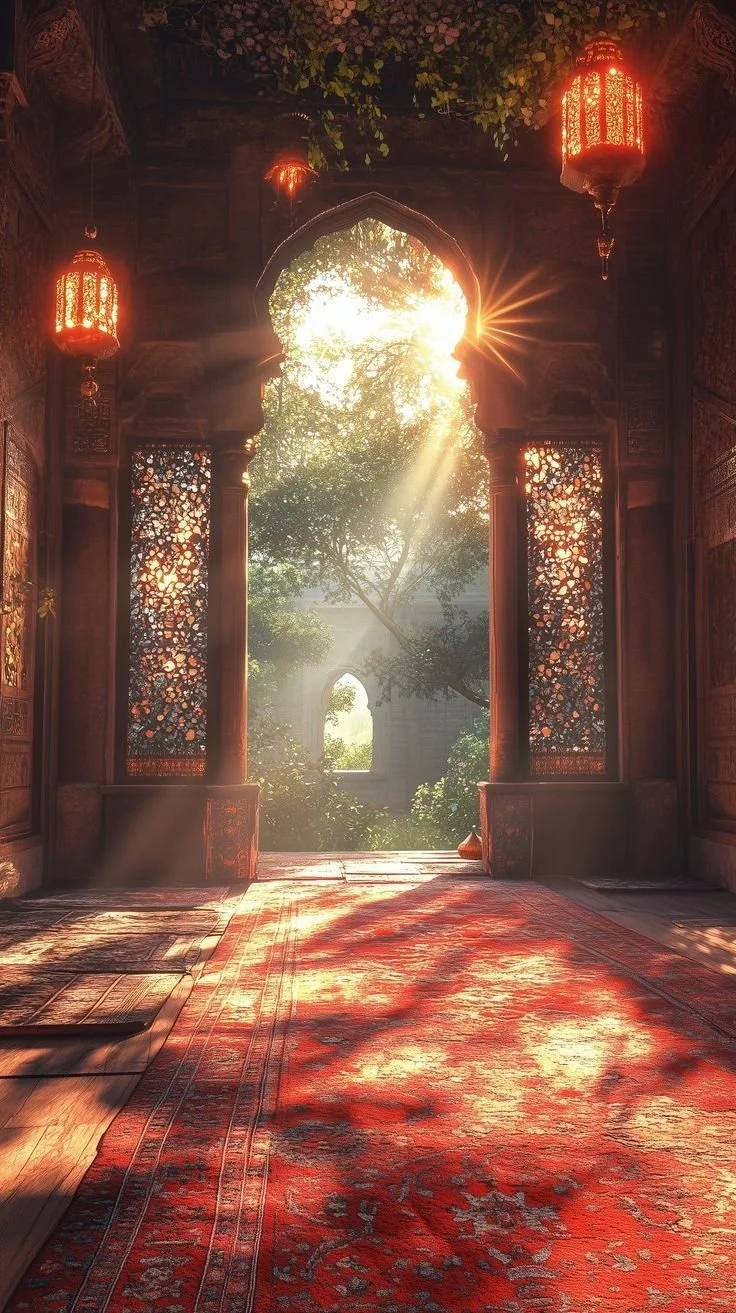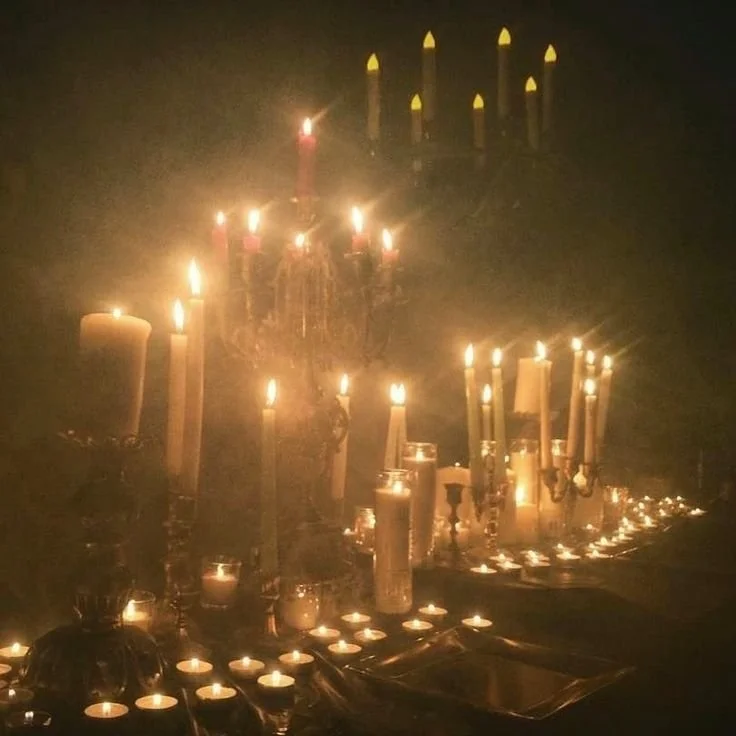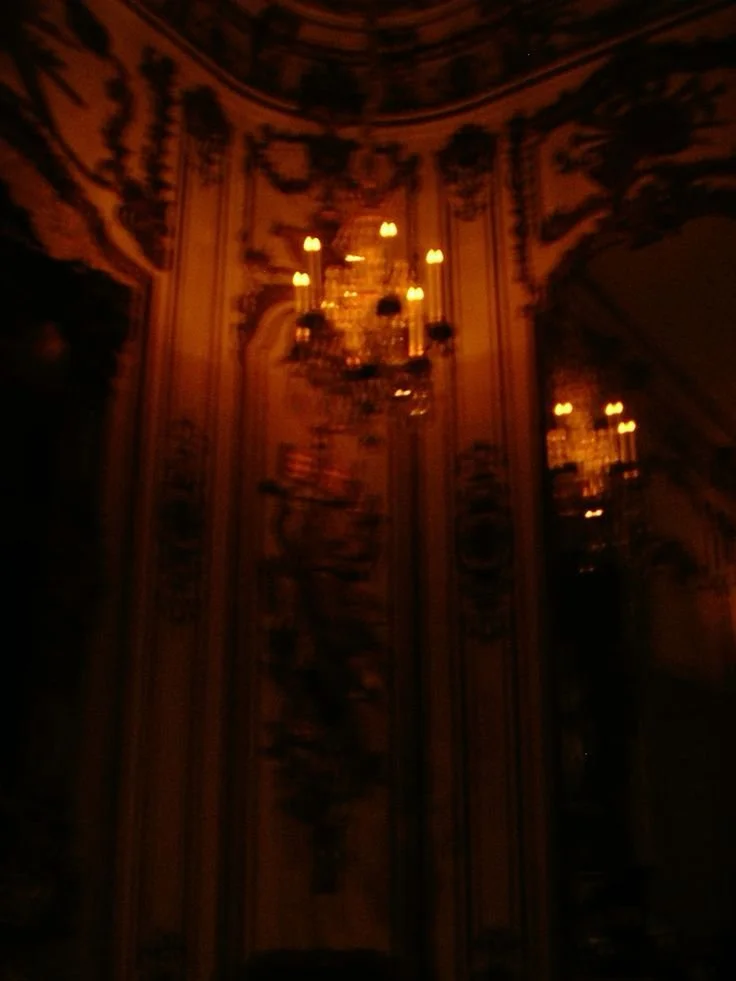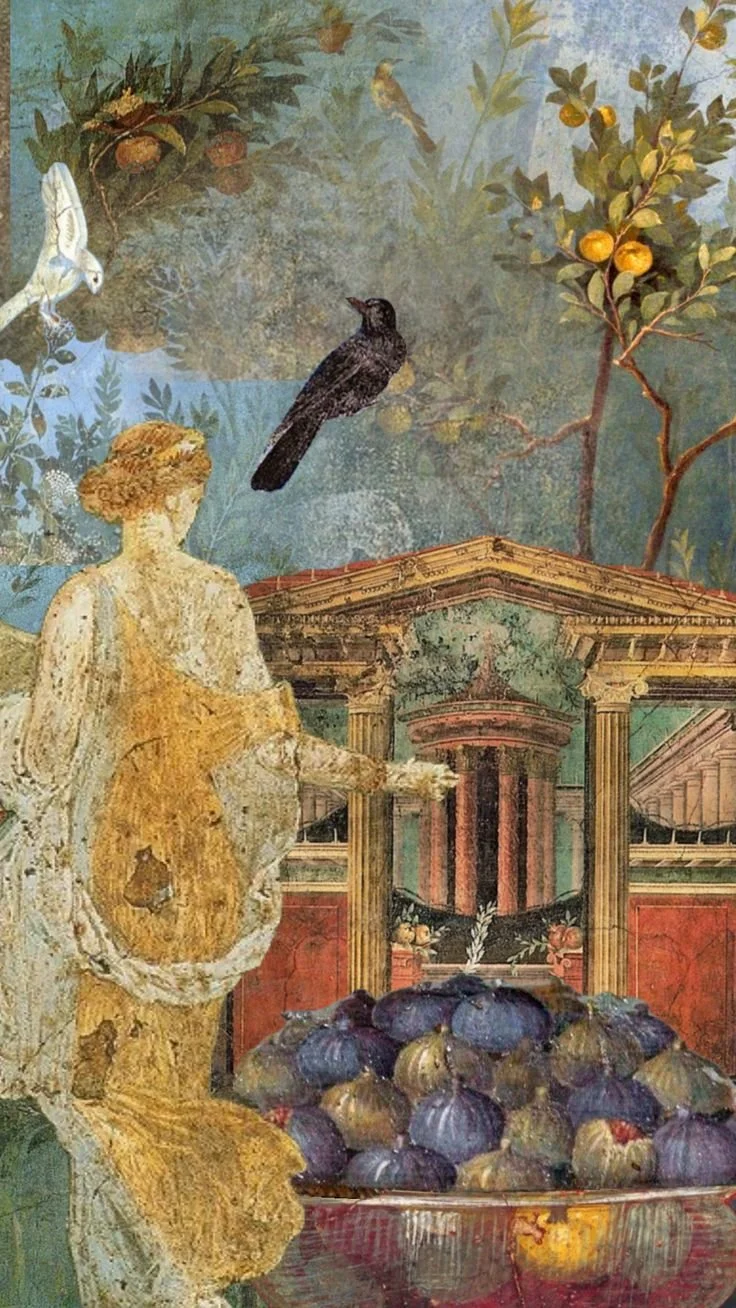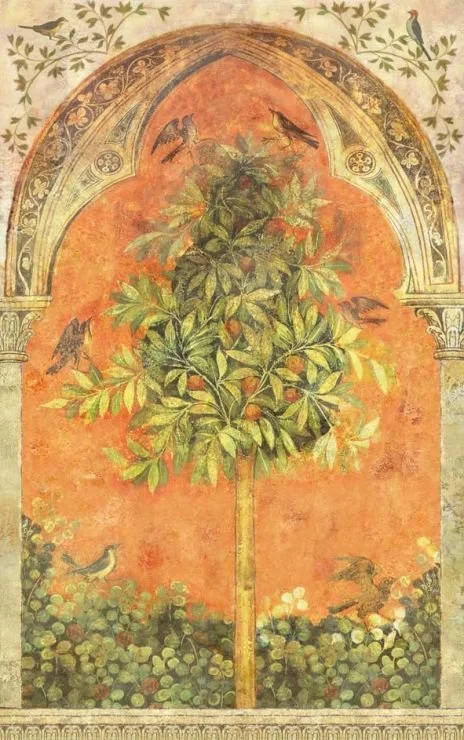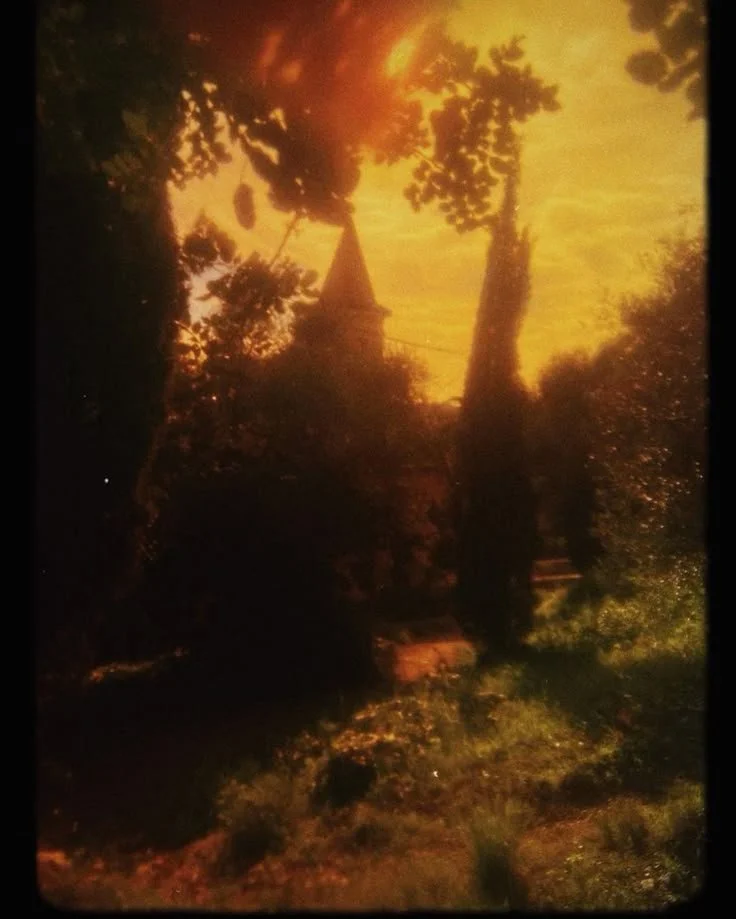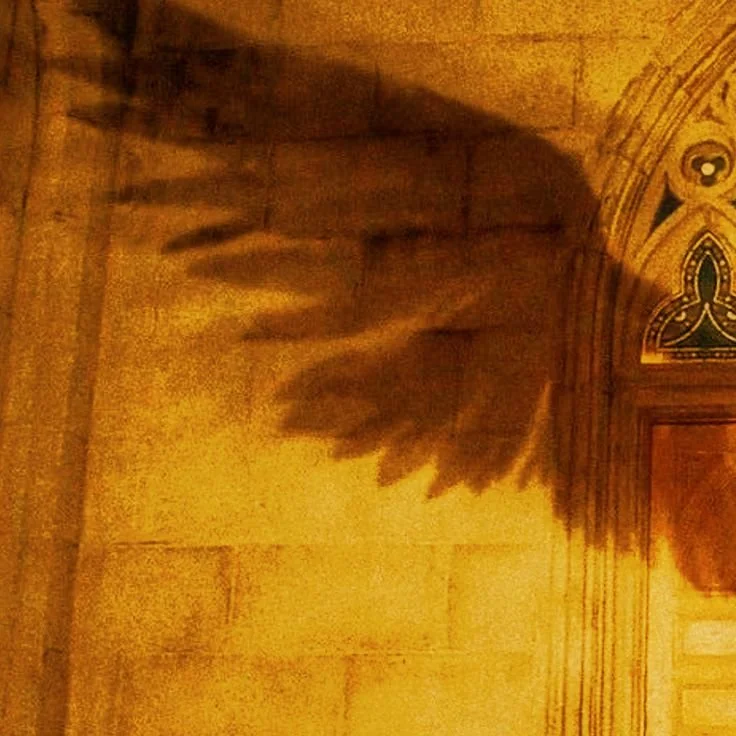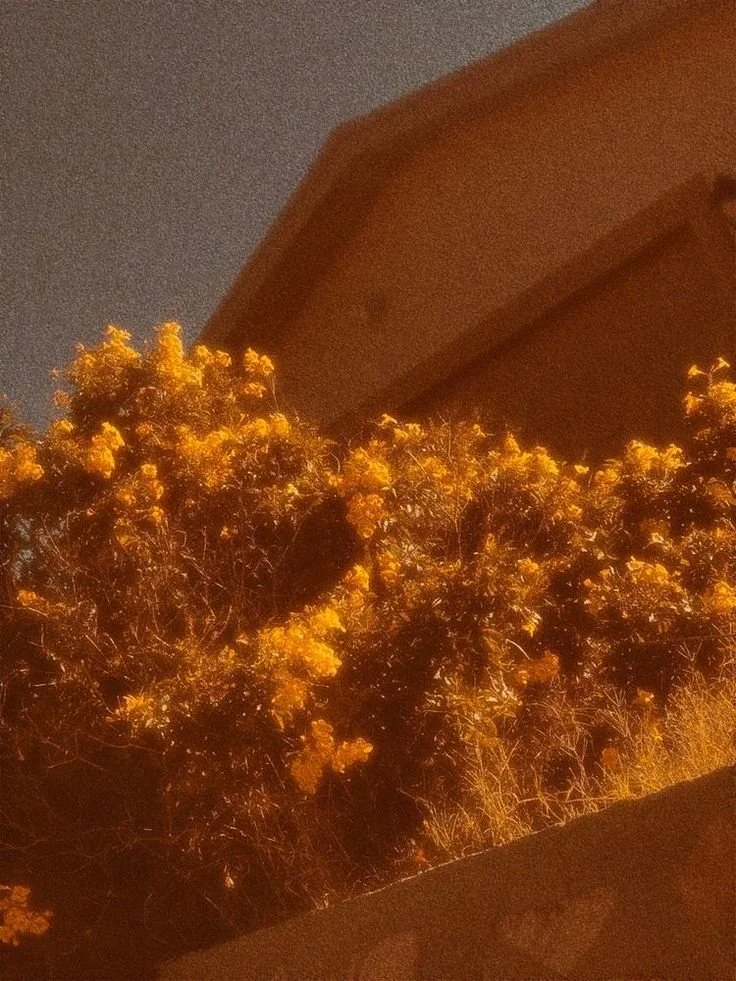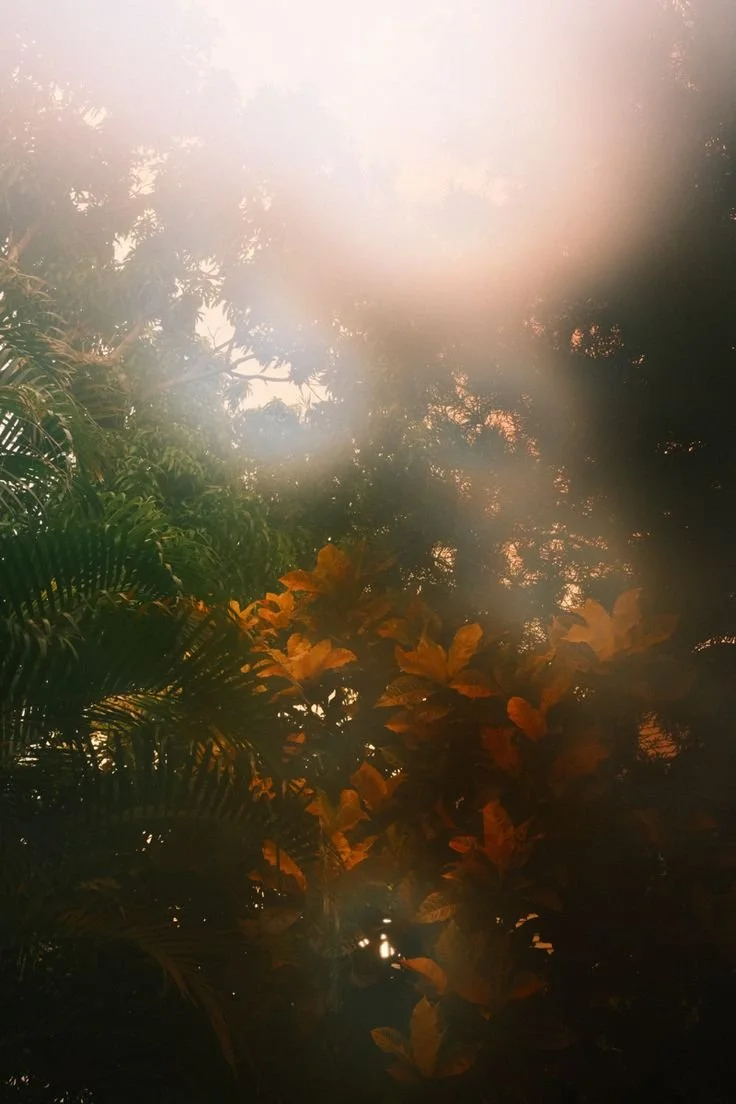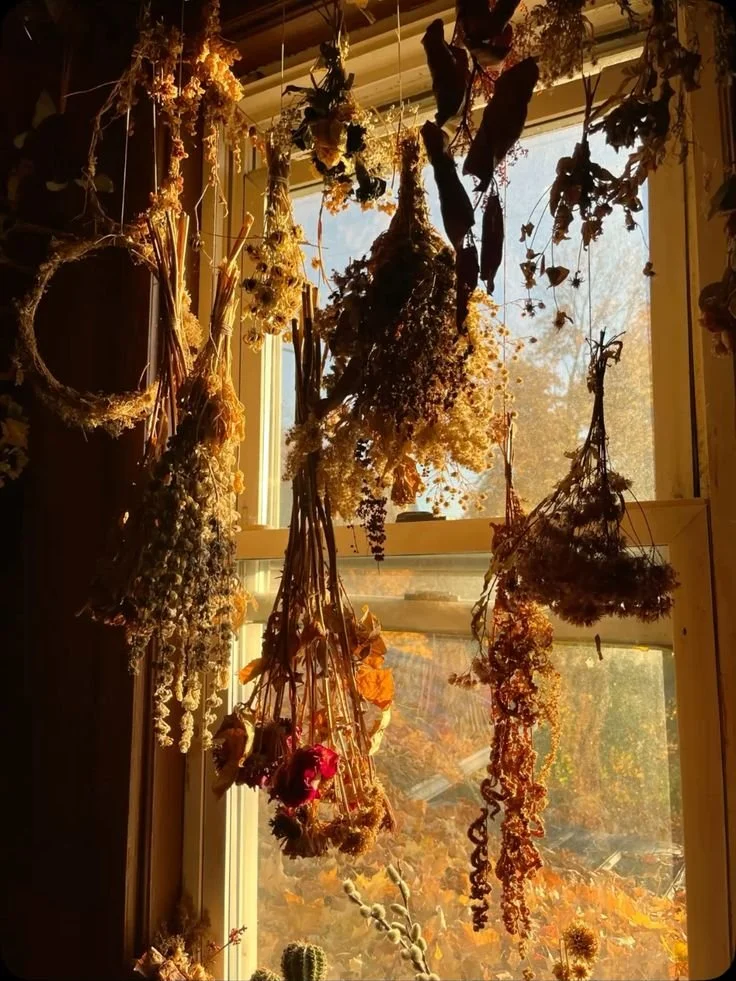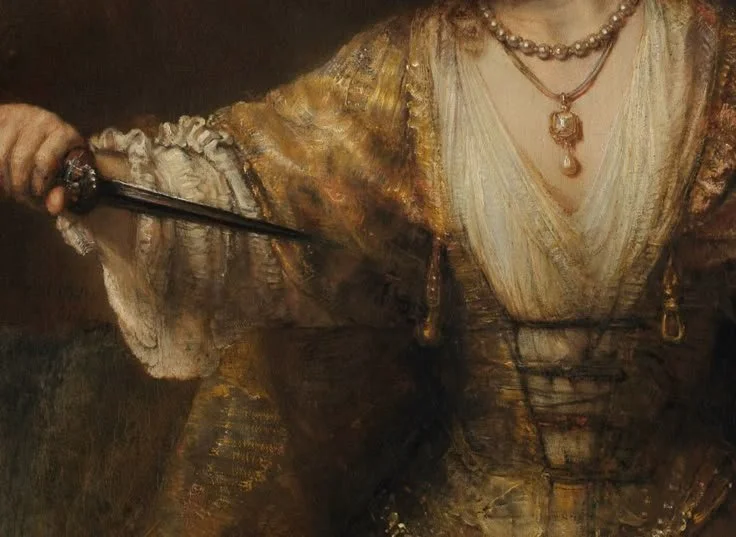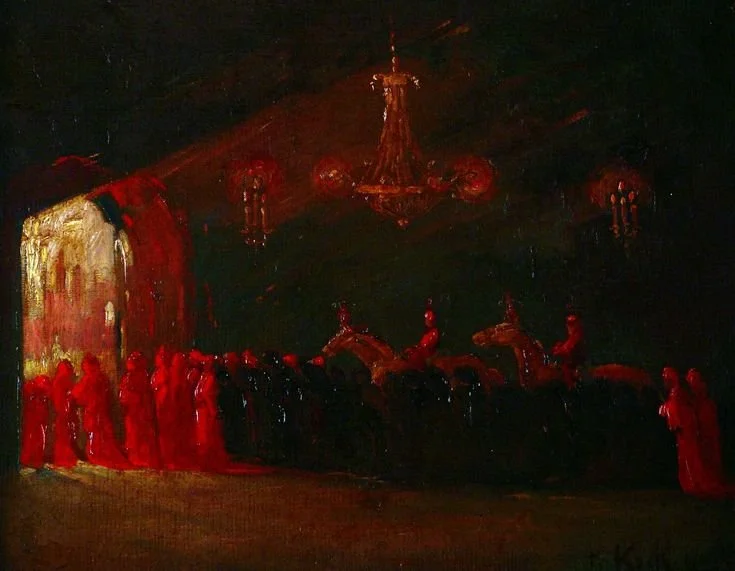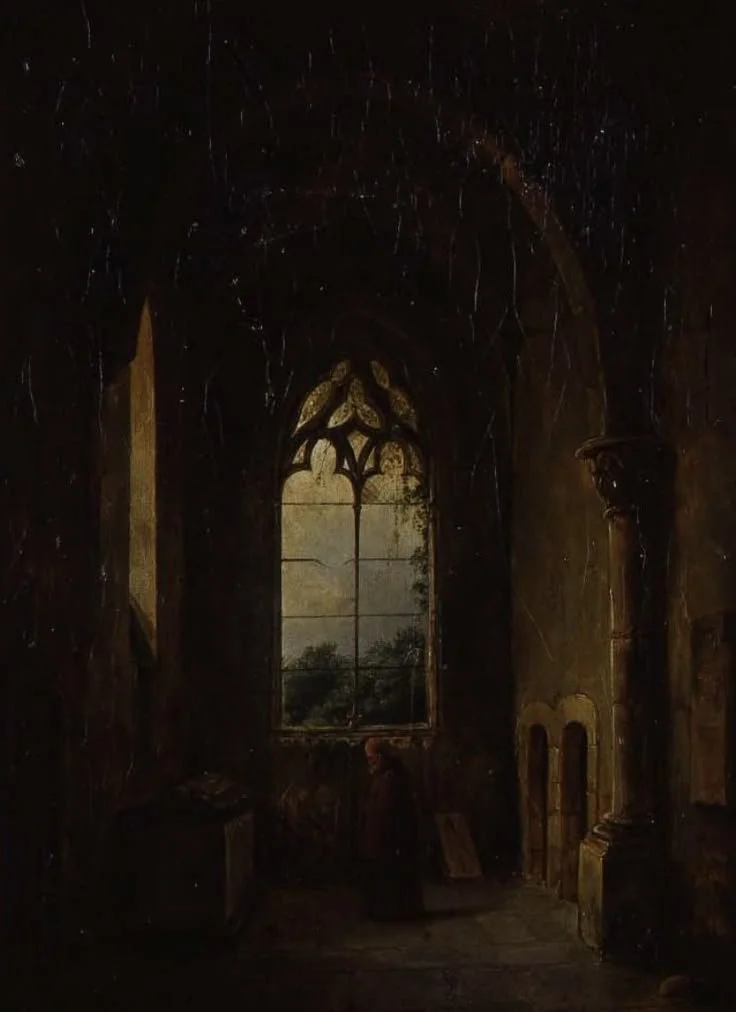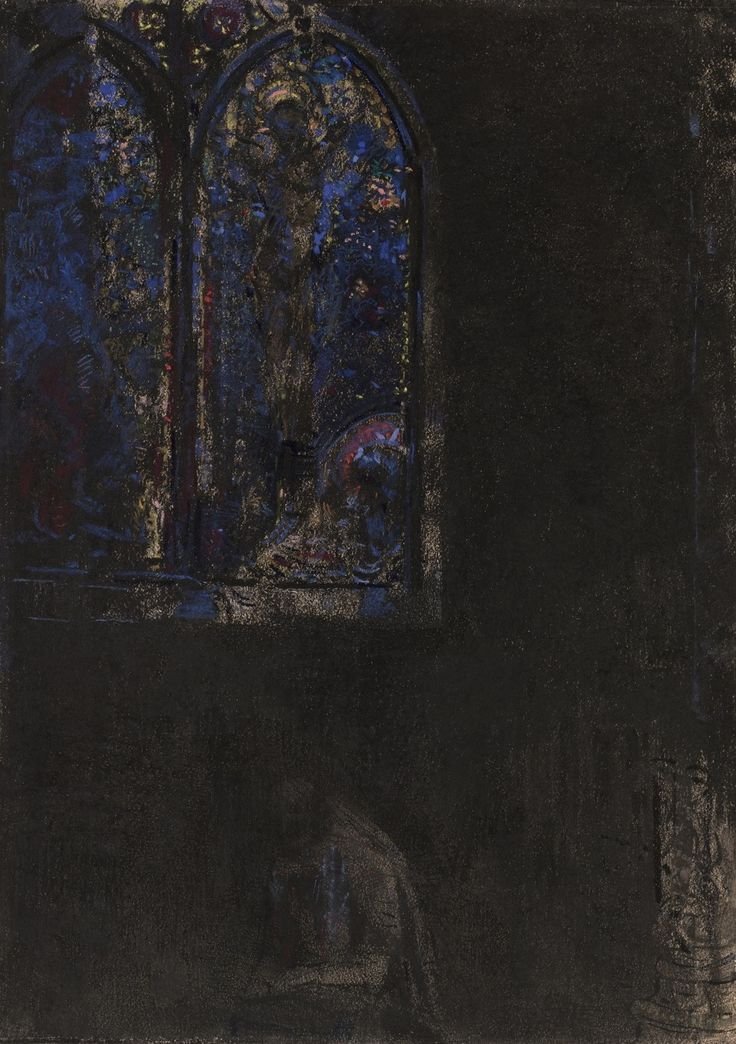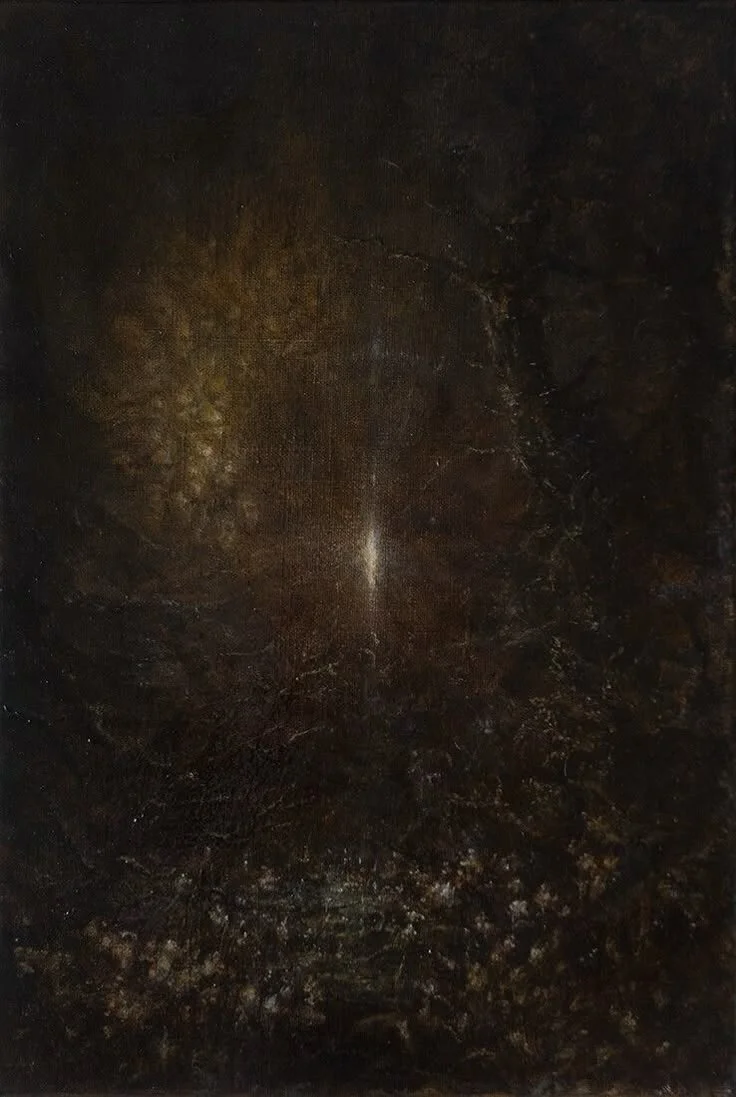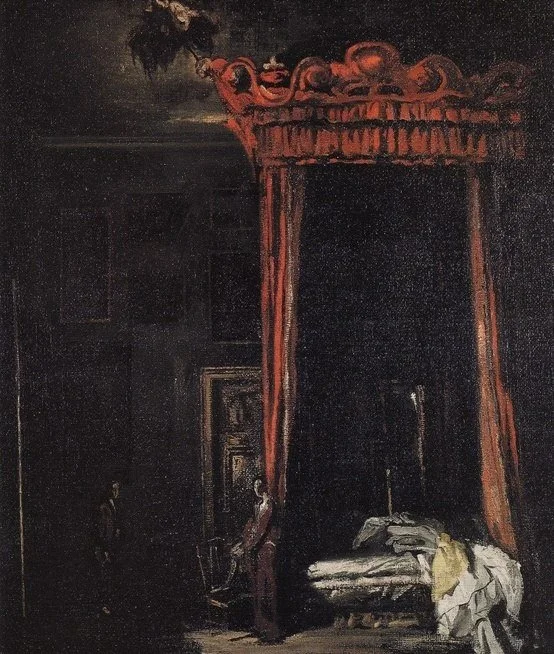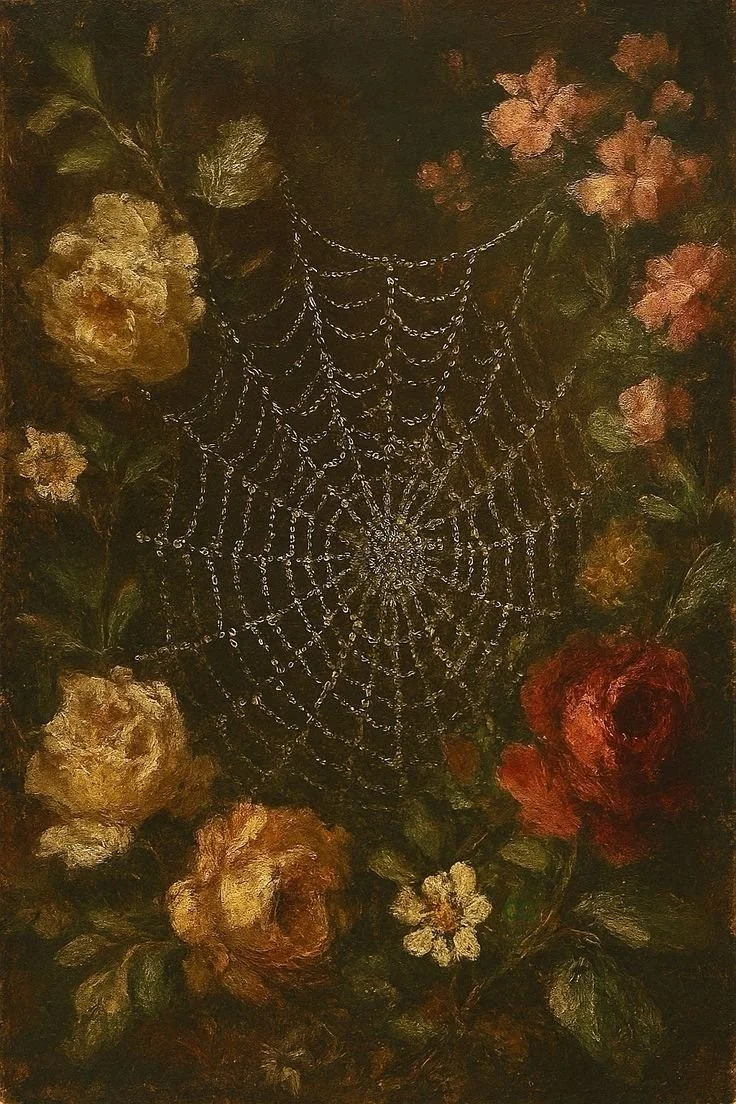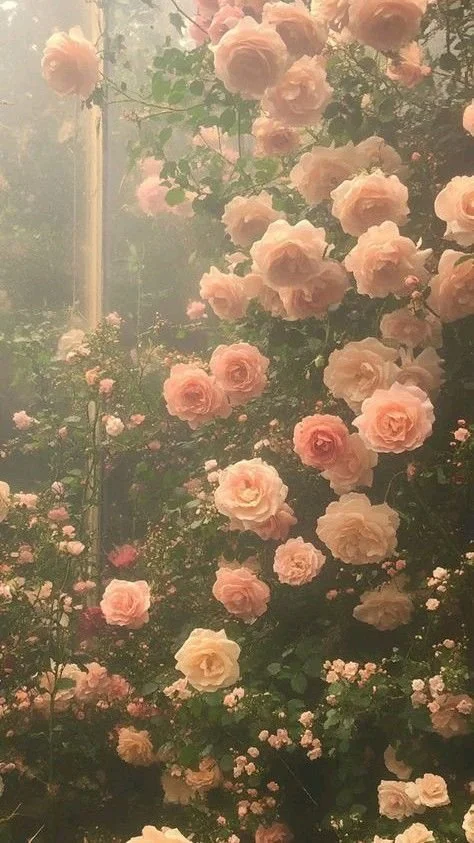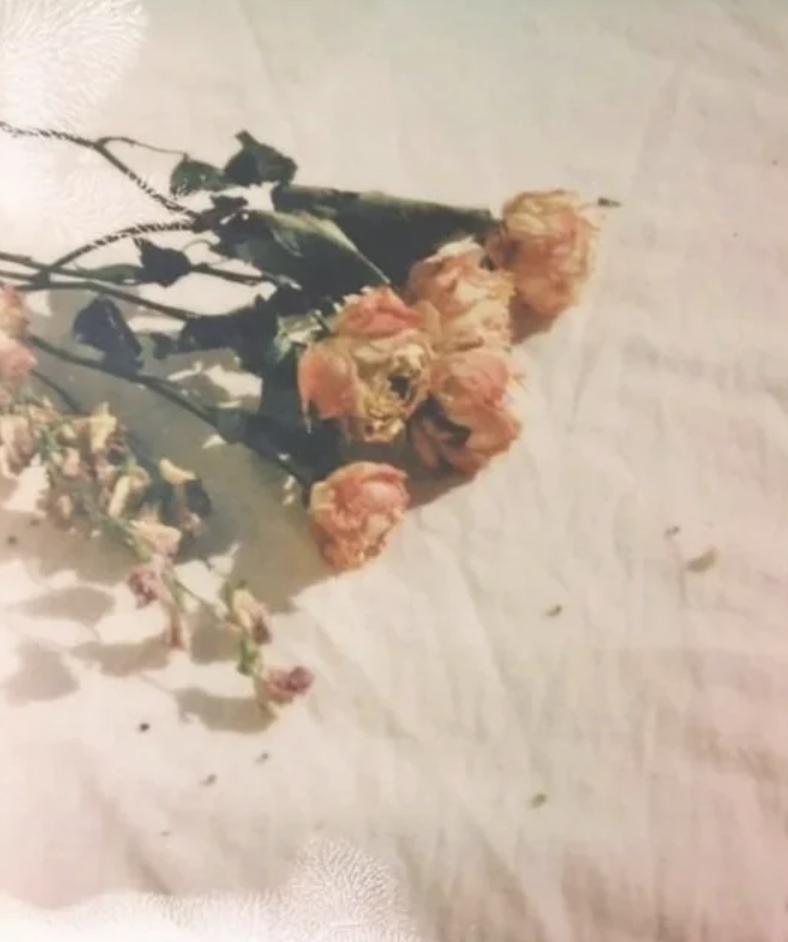BY TIFFANY SCIACCA
I write a lot more now that I am older and my favorite genre will always be poetry, though now I am drifting to longer forms. I think what pushed me into this direction was that my voice was changing and thus the form of my poetry changed and clueless, I tried to fit it into the same shape, distorting my voice and form and in the end, hating the piece. One thing that helped me was to stop cinching my thoughts and look into prose. At first, I felt false, studying up on other forms that seemed against my nature, counter intuitive, no? But then again what was the difference between studying other forms and the use of writing prompts? Which may not be organic to you but more of a hybrid? Nothing! So while looking for a type of Morningsong that was NOT an Aubade I came across quite a few gems that I will hope inspire you to write different, or write anew.
RELATED: The Voices We Don’t Hear in Poetry Are the Ones We Need To
The Epistle
Epistola is Latin for letter and an Epistle poem is just that, a poem in letterform. You can write a letter to your favorite aunt, the old man sitting on the pier or to your old neighborhood. A great example is Elizabeth Bishop’s Letter To N.Y. For Louise Crane.
The List
This form goes back to the Greeks and is an inventory of objects, events, even people. I personally believe that the This Little Piggy nursery rhyme is a form of a list poem. A Blason is another list poem that typically called to attention a woman’s physical attributes, My mistress' eyes are nothing like the sun; Coral is far more red than her lips' red, from Shakespeare’s Sonnet 130. But I like the idea of rumpling up the original focus for a list of qualities that you miss in a person, or place, what would have happened if a certain event had not taken place or qualities that you wish you had.
The Lune
The Lune is a short poem invented in the sixties by Robert Kelly and was meant to be the western equivalent to the Japanese Haiku consisting of 13 syllables in a 5, 3, 5 form. Mr. Kelly chose the name Lune, French for moon because he believed that the right alignment edge bowed like a crescent moon. This link here will take you to a PDF from the Philadelphia Museum of Art that will instruct you on how to construct a Lune poem using art as inspiration.
The Cinquain ("SING-cane")
The Cinquain came to fame thanks to Adelaide Crapsey, an American poet who died at the age of 36 from TB meningitis. The form came about in her last years and has five lines with 2,4,6,8, and 2 syllables. It is not required to have iambic movements, but can. An example is Adelaide’s, poem Triad:
These be
Three silent things:
The falling snow. . the hour
Before the dawn. . the mouth of one
Just dead.
Flarf
This one was new to me though it is the newest of the bunch and is an avant-garde take on found poetry. The poet Gary Sullivan coined the term nearly two decades ago. I started with the method called Google sculpting. First, I grabbed my copy of Hemingway’s a Moveable Feast and flipped through it randomly stopping on pages and writing down the first line until I had about 10 lines. Then I typed them ALL into the Google search bar and after scanning through the results, excerpts only I wrote down only the phrases or words that jumped out. The odder the better, until I had a page. Then I sculpted these into a piece, using as much or little, as felt right. Try to weed out a theme if possible and work in your own voice or create an alternate narrative. I let it rest for a whole five minutes and am really enjoying this work in progress. Here is a line: You in a silk dress, hibiscus flower print would whisper, "Extreme weather is peculiar by nature." Like any form, it is open to interpretation and I believe you can imprint your touch in any way you see suitable. For more on this form you can click on this link here.
I hope that one of these forms suits you and draws out a poem or three. Please let me know if this piece has been helpful and I hope to see your pieces out in the world!
Tiffany Sciacca is a writer who has recently moved to Sicily from the Midwest. Her work has appeared in the Silver Birch Press, SOFTBLOW and DNA Magazine UK. When she is not learning a new language or trying to blend in, she is reading horror anthologies, binging on Nordic Noir or plugging away at her first Giallo screenplay. @EustaceChisholm

